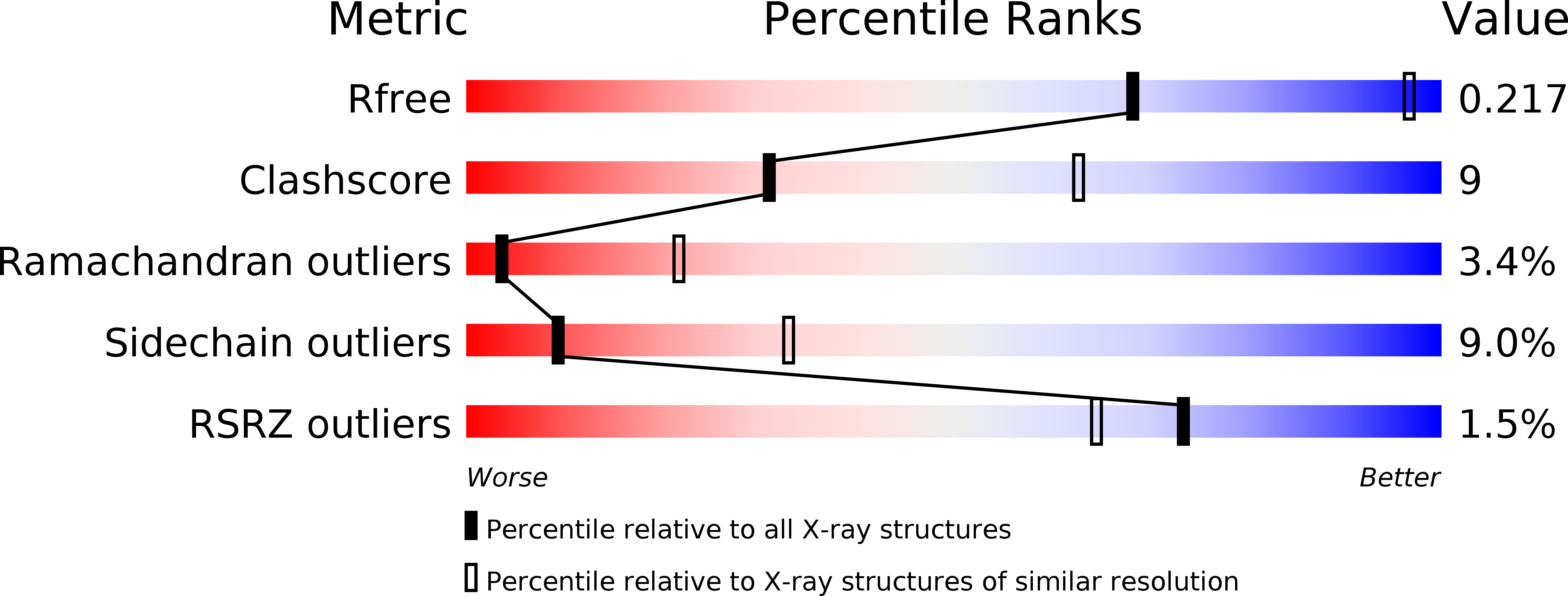
Deposition Date
2011-10-21
Release Date
2011-12-07
Last Version Date
2024-11-06
Entry Detail
PDB ID:
3UAK
Keywords:
Title:
Crystal Structure of De Novo designed cysteine esterase ECH14, Northeast Structural Genomics Consortium Target OR54
Biological Source:
Source Organism:
synthetic construct (Taxon ID: 32630)
Host Organism:
Method Details:
Experimental Method:
Resolution:
3.23 Å
R-Value Free:
0.28
R-Value Work:
0.21
R-Value Observed:
0.21
Space Group:
P 21 21 21


